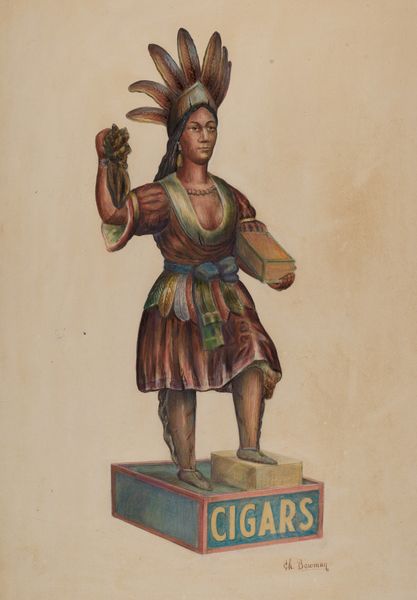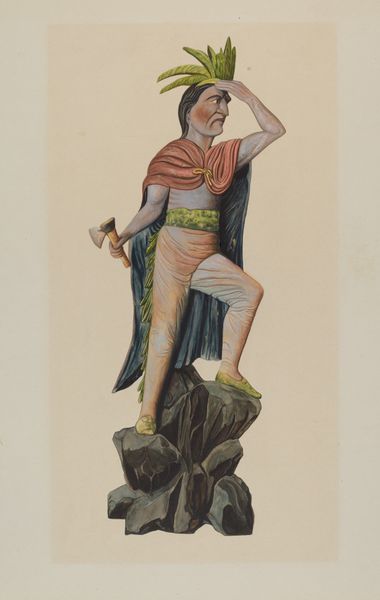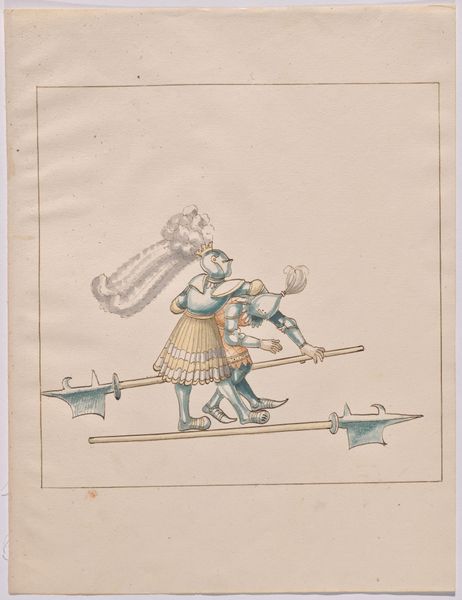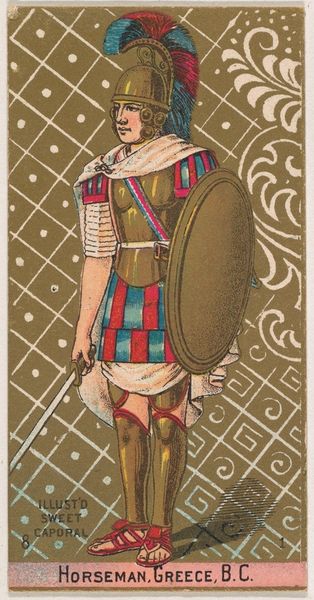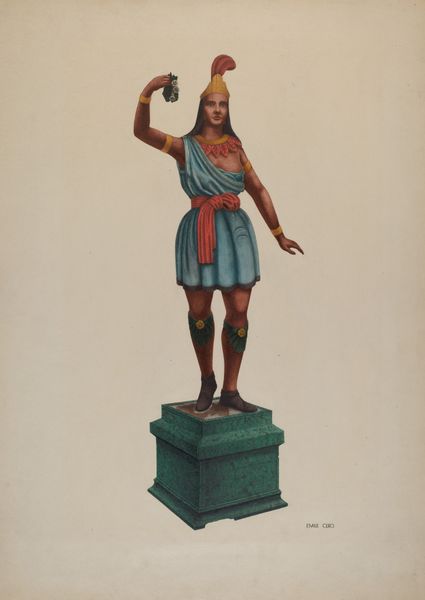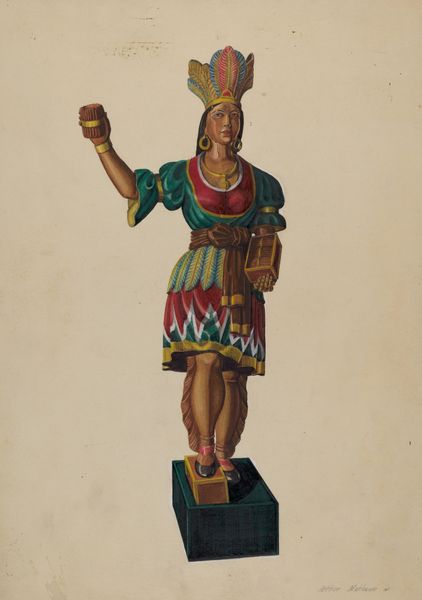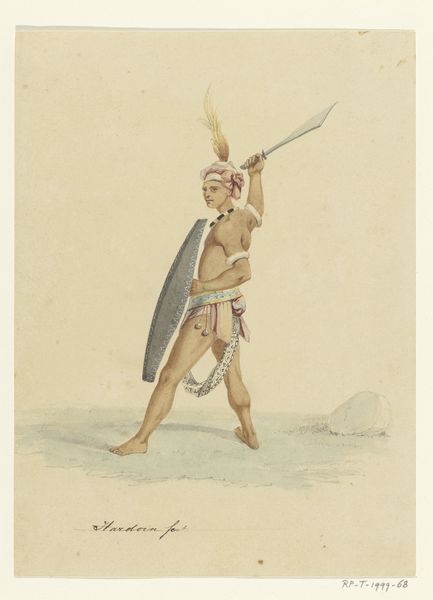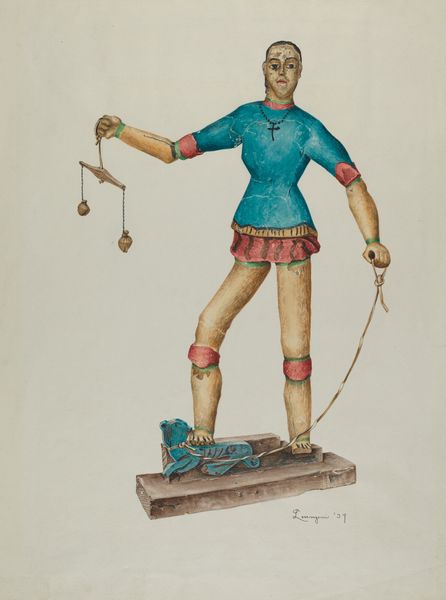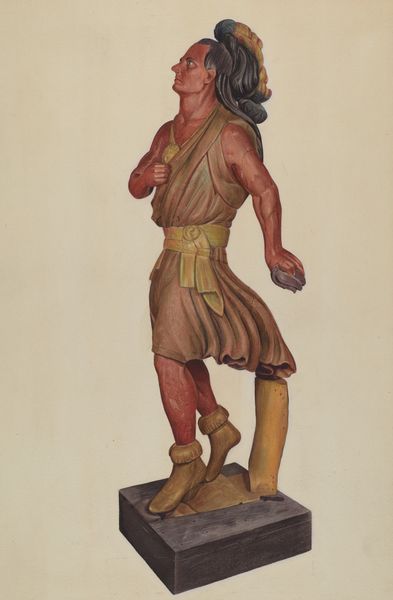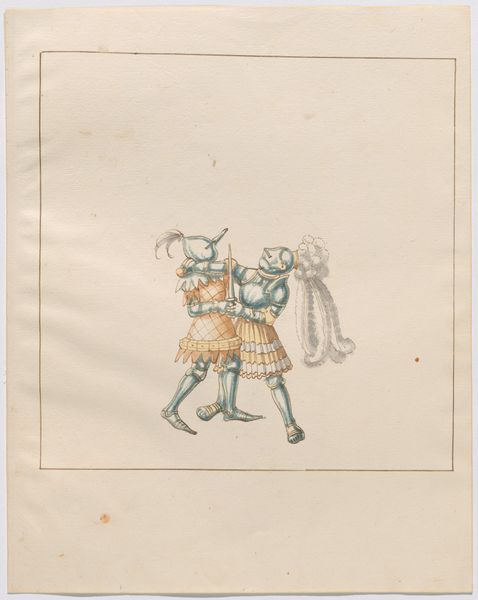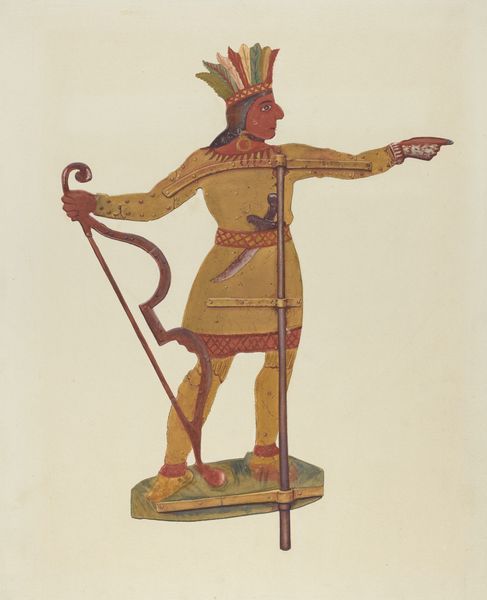
Plate 38: Saint Michael: From Portfolio "Spanish Colonial Designs of New Mexico" 1935 - 1942
0:00
0:00
drawing
#
drawing
#
caricature
#
figuration
#
folk-art
#
history-painting
Dimensions: overall: 35.6 x 28 cm (14 x 11 in.)
Copyright: National Gallery of Art: CC0 1.0
Editor: This drawing, "Plate 38: Saint Michael: From Portfolio 'Spanish Colonial Designs of New Mexico,'" was made sometime between 1935 and 1942 by an anonymous artist. It depicts St. Michael defeating the devil. What strikes me most is the almost playful nature of the piece, despite the serious subject matter. How do you read it? Curator: The application of humble materials points us toward a fascinating area of study. These "Spanish Colonial Designs" clearly denote an interest in traditional craft practices during the specified period. We must consider how these images functioned – were they prototypes for larger works? What was the availability and cost of art supplies like during that period in New Mexico, and how would this affect the materials chosen? Editor: So, you're less focused on the religious aspect and more on the actual materials used to create this image and what they tell us? Curator: Precisely! The devil himself appears rather lacklusterly cast on what resembles a grey painted slab. How would a more traditionally rendered devil – one wrought in the grand manner using expensive ultramarine pigments – have reinforced the ideological underpinnings of Spanish Colonialism? By comparison, what does the actual means of production suggest about cultural consumption within this New Mexican community? Editor: I hadn't thought of it that way. Looking at the colors and the flatness, I see that the artist wasn't aiming for naturalism or grandeur. It really shifts the meaning to think about it in terms of available materials and the hands that made it. It’s not about divine power, it's about earthly realities. Curator: Exactly. By attending to the means of its creation, we discover much more about the world in which it was created and its own unique perspective on faith and culture.
Comments
No comments
Be the first to comment and join the conversation on the ultimate creative platform.
